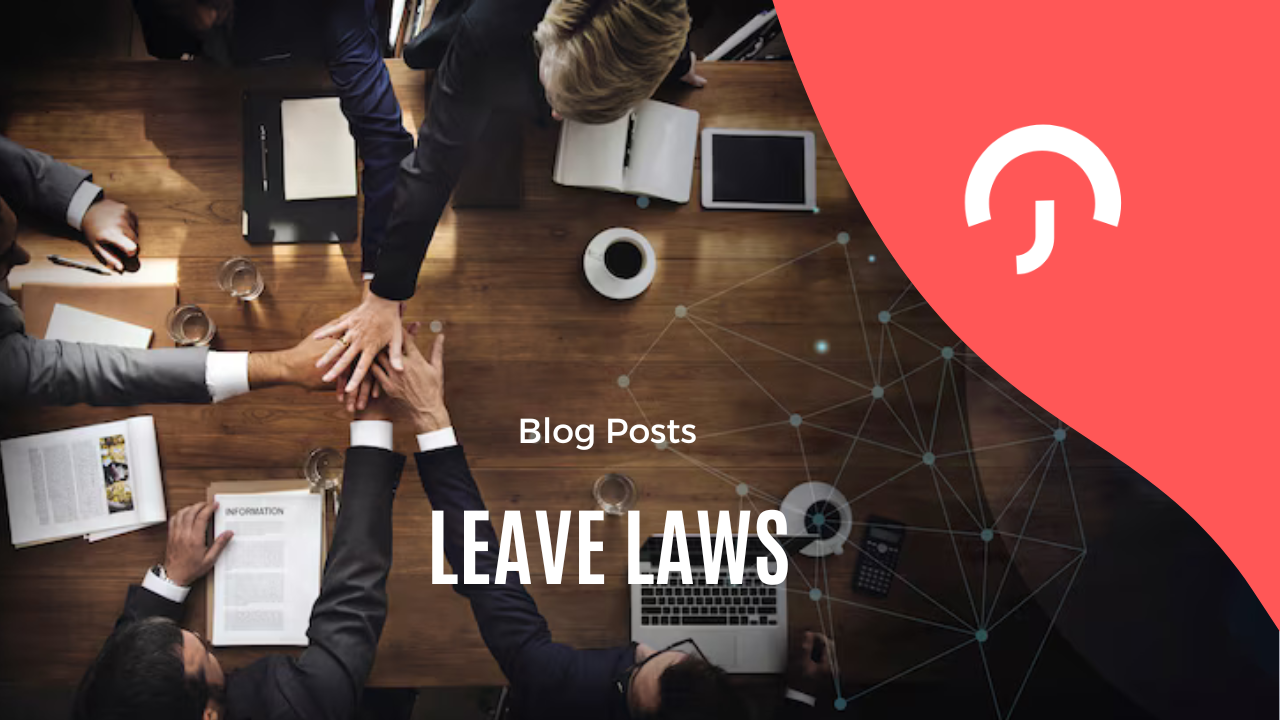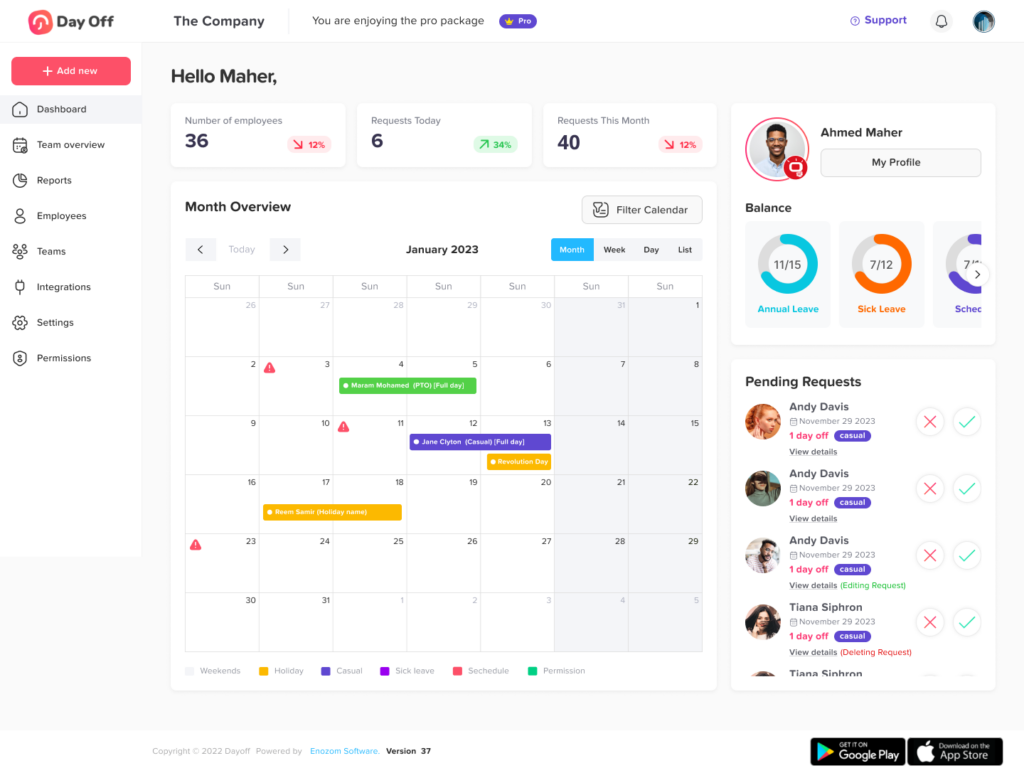Terminating an employee is a task no employer enjoys, yet it is sometimes necessary for the health and integrity of an organization. Whether due to performance issues, restructuring, or policy violations, a well-written termination letter ensures clarity, fairness, and legal protection for both parties. This article offers 10 improved sample termination letters, each designed for a specific scenario, with a professional tone, empathetic phrasing, and proper structure.
What to Include in an Employee Termination Letter (and Why It Matters)
A termination letter is not just a formality—it’s a legal document that marks the official end of the employment relationship. A well-written letter helps ensure compliance, reduce liability, and maintain professionalism, even in difficult situations. Below is a detailed guide to each essential component of a termination letter, along with its purpose and best practices.
1. Company Header and Date
Clearly identifies the source of the letter and establishes the official date of issuance.
What to Include:
Your company’s name and logo
Company address and contact information
The date the letter is written (not just sent)
Why it matters:
This creates an official record and provides a timeline that can be used in legal or administrative processes.
2. Employee Information
Ensures the letter is directed to the correct employee and avoids confusion, especially in larger organizations.
What to Include:
Employee’s full name
Job title
Department or team
Employee ID (if applicable)
Why it matters:
Accurate identification is essential for HR records, legal documentation, and internal tracking.
3. Clear Subject Line
Indicates the letter’s intent right away, maintaining clarity and professionalism.
What to Include:
“Subject: Notice of Termination of Employment”
Why it matters:
It sets the tone of the letter and ensures the message isn’t misunderstood or overlooked.
4. Formal Statement of Termination
Delivers the core message clearly and directly—that the employee’s job is ending.
What to Include:
A direct statement that their employment is being terminated
The effective date of termination
Example:
“We regret to inform you that your employment with [Company Name] will end on [Effective Date].”
Why it matters:
Avoids ambiguity and establishes the official end of the employment relationship.
5. Reason for Termination (When Appropriate)
Provides transparency and a documented rationale for the termination decision.
What to Include:
A concise explanation (e.g., performance issues, policy violation, redundancy)
Reference to previous warnings or corrective actions, if applicable
Why it matters:
Clarifies the employer’s decision and protects against legal challenges or claims of wrongful termination. Be factual, not emotional.
6. Final Working Day
Why: Sets clear boundaries and helps manage the exit process.
Include:
The employee’s last working day
Whether they’re required to work during their notice period
7. Details on Final Pay and Benefits
Why: Ensures legal compliance and transparency regarding what the employee is owed.
Include:
Final paycheck date
Unused vacation or PTO payout
Severance package details (if applicable)
End date for benefits like health insurance or retirement plans
8. Instructions for Return of Company Property
Why: Protects company assets and data.
Include:
A list of items to be returned (e.g., laptop, ID card, keys)
Deadline and method for returning items
9. Exit Interview or Offboarding Info
Why: Ensures a smooth transition and allows for closure.
Include:
Whether an exit interview is scheduled
HR contact for questions or paperwork
10. Acknowledgment or Closing Message
Why: Maintains professionalism and compassion.
Include:
A statement of appreciation (if appropriate)
Best wishes for the future
Example:
“Thank you for your contributions to the company. We wish you continued success in your future endeavors.”
11. Signature
Why: Finalizes the document and makes it official.
Include:
Name and title of the person issuing the letter (e.g., HR Manager, Supervisor)
A signature block
10 Professional Termination Letter Templates
A well-crafted termination letter formalizes the end of employment and serves as a critical legal document. The tone, clarity, and content can shape the experience for both parties. This article offers 10 sample termination letters for various situations, plus tips for handling the process with professionalism and compliance.
1. Termination Due to Unsatisfactory Performance
Subject: Termination of Employment – Performance Review Outcome
Dear [Employee Name],
Following multiple performance reviews and our continued efforts to support your success in the role of [Job Title], we regret to inform you that your employment with [Company Name] will end as of [Last Working Day].
Despite coaching, feedback sessions, and a performance improvement plan, your performance has not aligned with the standards expected for your role. This decision is not taken lightly and reflects a thorough review process as outlined in our performance policy.
You will receive your final paycheck, including accrued leave and any outstanding entitlements. Kindly return all company property by [Date].
Thank you for your time and contributions. We wish you the best in your future endeavors.
Sincerely,
[Manager’s Full Name]
[Title]
[Company Name]
2. Termination Due to Gross Misconduct
Subject: Immediate Termination of Employment – Misconduct Investigation Outcome
Dear [Employee Name],
Following a detailed investigation into the incident(s) that occurred on [Date(s)], we have determined that your actions breached [specific policy] and violated our standards of professional conduct.
As a result, your employment with [Company Name] is terminated effective immediately. This decision adheres strictly to our disciplinary procedures and reflects the seriousness of the violation.
Your final paycheck will include wages through [Date] and any eligible benefits. Please return all company property by [Date]. HR is available to address any questions related to this matter.
Sincerely,
[Manager’s Full Name]
[Title]
[Company Name]
3. Termination Due to Role Redundancy
Subject: Role Redundancy Notification – End of Employment
Dear [Employee Name],
Due to strategic restructuring at [Company Name], your position has been identified as redundant. Accordingly, your employment will officially conclude on [Last Working Day].
This change is not performance-related but reflects operational adjustments necessary for our continued viability. We recognize your contributions and are committed to assisting you during this transition.
You are entitled to a severance package, and HR will provide guidance on final payments, benefits, and outplacement resources.
Thank you for your service. We wish you the very best moving forward.
Warm regards,
[Manager’s Full Name]
[Title]
[Company Name]
4. Termination After Probation Period
Subject: Completion of Probation Period – End of Employment
Dear [Employee Name],
Following the conclusion of your probationary period, we have reviewed your performance, conduct, and team alignment. After careful consideration, we have decided not to extend your employment beyond [Last Working Day].
This decision reflects our assessment against role requirements and is not meant to diminish your efforts during your tenure.
Please coordinate with HR for final compensation and return of company property.
We wish you success in your next opportunity.
Sincerely,
[Manager’s Full Name]
[Title]
[Company Name]
5. Termination for Attendance Violations
Subject: Termination of Employment Due to Attendance Violations
Dear [Employee Name],
Despite repeated verbal and written warnings, your attendance record has not improved to meet the expectations of your role. Reliable attendance is essential for maintaining workflow and team productivity.
As such, we have made the decision to terminate your employment, effective [Last Working Day].
Your final paycheck will include any earned wages and accrued leave. Please return all company property to HR by [Date] to ensure a smooth offboarding process.
We appreciate your efforts and wish you success in your future career.
Sincerely,
[Manager’s Full Name]
[Title]
[Company Name]
6. Termination Due to Layoffs
Subject: Employment Termination – Organizational Restructuring
Dear [Employee Name],
Due to company-wide restructuring and ongoing economic pressures, your position at [Company Name] has been impacted and will be officially terminated as of [Last Working Day].
This difficult decision is based solely on business needs and is not a reflection of your performance.
You will receive a severance package in line with our policy, and HR will support you with transition resources, including benefits guidance and job placement services.
We sincerely thank you for your contributions and are committed to supporting you during this time.
Warm regards,
[Manager’s Full Name]
[Title]
[Company Name]
7. Termination Due to Policy Breach
Subject: Immediate Termination for Policy Violation
Dear [Employee Name],
Following an internal review, it has been determined that your actions on [Date] violated [Company Policy Name]. This breach of company policy, which you acknowledged upon employment, warrants immediate termination, effective today.
Your final paycheck, including all earned compensation, will be processed in accordance with company policy. All company property must be returned to HR no later than [Date].
If you have any questions regarding your final pay or next steps, please contact HR directly.
Sincerely,
[Manager’s Full Name]
[Title]
[Company Name]
8. Mutual Termination Agreement
Subject: Confirmation of Mutual Employment Termination
Dear [Employee Name],
Following our recent discussions, this letter confirms our mutual agreement to conclude your employment with [Company Name], effective [Last Working Day].
We value your contributions and professionalism during your time with us and appreciate the respectful and constructive nature of our conversations regarding this decision.
Your final compensation, including any accrued entitlements, and details of transition assistance are outlined in the attached agreement. Should you need further clarification, HR is available to support you throughout this process.
Thank you for your efforts and positive impact. We wish you every success in your next endeavor.
Sincerely,
[Manager’s Full Name]
[Title]
[Company Name]
9. Termination at Contract End
Subject: Completion of Employment Term – Contract Conclusion
Dear [Employee Name],
This letter serves as formal notice that your fixed-term contract with [Company Name], which began on [Start Date], will conclude as scheduled on [Contract End Date]. At this time, we have decided not to renew or extend the agreement.
We sincerely appreciate your dedication and the valuable contributions you’ve made during your tenure.
Please ensure all company assets are returned to HR by your final working day. HR will also guide you through the final settlement process and provide any relevant documentation regarding your compensation and benefits.
We wish you continued success in your future professional endeavors.
Sincerely,
[Manager’s Full Name]
[Title]
[Company Name]
10. Termination for Conflict of Interest
Subject: Immediate Termination – Conflict of Interest Violation
Dear [Employee Name],
Following an internal review, we have determined that your engagement in [Briefly Describe Activity/Relationship] constitutes an undisclosed conflict of interest, which breaches [Company Name]’s Code of Conduct and ethical guidelines.
Due to the severity and impact of this violation, your employment is terminated effective immediately.
Your final paycheck, including any earned compensation, will be processed in accordance with company policy. Please return all company property and complete the offboarding process with HR by [Date].
While this outcome is regrettable, we hope you will take this as an opportunity to reflect and grow.
Sincerely,
[Manager’s Full Name]
[Title]
[Company Name]
Best Practices for Delivering a Termination Letter
Writing a termination letter is only part of the process—how it’s delivered is equally important. A well-executed delivery can reduce tension, prevent legal complications, and help preserve professional dignity.
Deliver the Letter in Person (When Possible)
Whenever feasible, deliver the letter in a private, face-to-face meeting. This approach shows respect and allows the employee to ask questions or seek clarification.
Have an HR Representative Present
An HR professional should be present during the termination meeting to ensure transparency, answer benefits questions, and witness the conversation for legal purposes.
Be Direct but Compassionate
Use clear, non-accusatory language. Stay factual, and avoid discussing emotional opinions or unnecessary details.
Prepare the Exit Process
Inform the employee about what happens next:
Returning company property
Receiving their final paycheck
Logging out of systems and disabling access
Exit interview scheduling
Provide Written Documentation
Always provide the termination letter and any supporting documents (severance agreement, benefits information, etc.) in writing at the time of termination.
Avoid Public Disclosure
Respect confidentiality. Do not share the termination details with staff beyond those who need to know (such as payroll and IT).
❓ Frequently Asked Questions (FAQ)
Q1: Do I have to provide a reason in the termination letter?
A: While not always legally required—especially in at-will employment states or countries—it is highly recommended to include a brief, factual reason. This protects the organization against potential legal disputes and provides transparency for the employee. Reasons should be concise and non-inflammatory, avoiding subjective or overly detailed explanations.
Q2: Is it acceptable to send a termination letter by email?
A: Yes, particularly for remote employees. However, best practice is to first deliver the news verbally (in person or via video call), followed by a written confirmation via email. Always ensure confidentiality and professionalism in both the meeting and the written communication.
Q3: Should I ask the employee to sign the termination letter?
A: While not mandatory, having the employee acknowledge receipt—either through a signature or a confirmation email—is recommended. This doesn’t imply agreement with the decision but simply confirms that the employee received the notice.
Q4: How much notice should I give before termination?
A: Notice requirements depend on the employment contract and applicable labor laws. For cause-based terminations (e.g., gross misconduct), immediate termination is often justified. In other cases, especially layoffs or redundancy, 2–4 weeks’ notice is standard unless the employee is being paid in lieu of notice.
Q5: Is a termination letter legally required?
A: Not always. In many jurisdictions, a written letter is not legally required but is strongly advised. It serves as official documentation of the decision and can be important in the event of unemployment claims, legal reviews, or internal audits.
Q6: What happens to the employee’s accrued PTO (Paid Time Off) after termination?
A: In most regions and under many company policies, employees are entitled to be paid out for unused, accrued PTO upon termination. This amount is usually included in the final paycheck. However, payout rules can vary depending on local laws and your employment contract. Employers must also clarify whether the PTO is “accrued and vested” versus simply allocated. Always check your regional labor laws to ensure compliance.
Q7: Can the employee appeal or contest their termination?
A: Yes. Employees may contest a termination, especially if they believe it was unlawful, discriminatory, or lacked due process. This is why it’s critical to document all disciplinary steps, communicate performance concerns clearly, and ensure consistency in applying company policies.
Q8: What if the employee refuses to return company property?
A: If an employee fails to return company assets (e.g., laptops, ID badges), you may take appropriate action, including deducting the value from their final paycheck (where legally permitted), withholding severance, or pursuing legal remedies. Always document issued property and include return expectations in the termination letter.
Q9: Should post-employment benefits like COBRA be mentioned in the letter?
A: Yes. Employees in the U.S. should be informed about their right to continue healthcare coverage under COBRA (or equivalent in other countries). This is typically included in a separate HR document, but referencing it in the termination packet helps prevent confusion and ensures compliance.
Q10: Can I terminate an employee while they are on medical or parental leave?
A: Proceed with extreme caution. Terminating an employee on protected leave—such as FMLA, maternity/paternity leave, or sick leave—can violate local or federal labor laws. You must ensure that the decision is unrelated to the leave itself and is based on documented, legitimate business reasons. Always consult with HR or legal counsel before proceeding.
Q11: What should I do if the termination meeting becomes confrontational?
A: Remain calm, composed, and professional. Avoid escalating the situation. It’s advisable to have an HR representative present to witness the conversation and help de-escalate if needed. If there’s any risk of aggression, consider having security discreetly available and conduct the meeting in a neutral, private space.
Conclusion
Employee termination is never an easy process—but it is a necessary part of running a responsible, compliant, and well-functioning organization. A clearly written, legally sound termination letter protects both the employer and employee, ensures transparency, and promotes a respectful and dignified exit. By following the best practices outlined in this guide and using the provided templates, employers can navigate even the most difficult situations with clarity, fairness, and professionalism.
Whether you’re dealing with poor performance, restructuring, or misconduct, having the right tools and language at your fingertips makes all the difference. Use these termination letter templates as a foundation, and always align your communication with your company’s policies and local labor laws.










